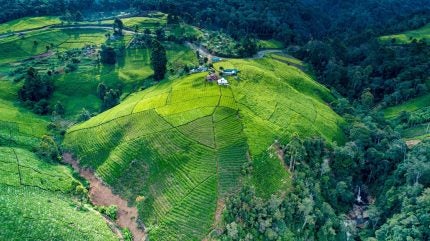
Kenya is progressing towards achieving universal electricity access by 2030, bolstered by strong policy implementation and a shift towards clean energy technologies, according to the International Energy Agency’s (IEA) latest Energy Policy Review.
Kenya has seen an increase in electricity access rates, from 37% in 2013 to 79% in 2023, with urban areas reaching full access, positioning the country as a leader in economic and energy development within the region.
The Last Mile Connectivity Project (LMCP), initiated in 2015, has been instrumental in connecting nine million rural inhabitants to the grid.
By the end of this year, the project aims to connect an additional 280,000 households nationwide.
The IEA’s report also acknowledges Kenya’s dominance in the East African off-grid solar market, with the country responsible for nearly three-quarters of the region’s solar home system sales in 2023.
Off-grid solar solutions, particularly for remote and underserved areas, are an integral part of the country’s electrification strategy, with one in five Kenyan households now using solar-powered mini-grids or standalone systems.
The Kenyan Government is concurrently reviewing its National Energy Policy, with the IEA contributing recommendations throughout the process.
The Draft National Energy Policy (NEP) 2025-2034, unveiled by Minister Wandayi, reflects the IEA’s inputs and paves the way for the updated NEP.
Renewable energy sources such as geothermal, hydro, wind, and solar form the backbone of Kenya’s electricity generation, comprising nearly 90% of the mix.
The country is home to the Lake Turkana Wind Project, Africa’s largest wind farm, and has some of the world’s most cost-effective geothermal projects, with geothermal energy representing nearly one-third of Kenya’s total electricity generation capacity.
The IEA report also highlights Kenya’s advancements in clean cooking access, which has increased from 10% in 2013 to over 30% in 2023.
However, many households, especially in rural areas, still depend on polluting fuels. The Kenya National Cooking Transition Strategy (KNCTS) outlines a roadmap to achieve universal access to clean cooking by 2028.
Kenya is further modernising and expanding its electricity grid, with new 2024 regulations inviting private investment into transmission and distribution networks.
The national electricity network, however, faces challenges such as high power losses, regulatory coordination and the need for improved grid management.
Smart grid technologies and improved management systems are being considered to mitigate these losses.
Despite these challenges, the IEA has determined that Kenya is well-equipped to meet its long-term energy and development goals, with a strong policy framework and high renewable energy potential.


